- Official name: Pompeii houses
- Location/Address: 80045 Pompeii, NA, Italy
- Timings: Daily 9am - 6pm (enquire before visiting)
Pompeii houses quick facts
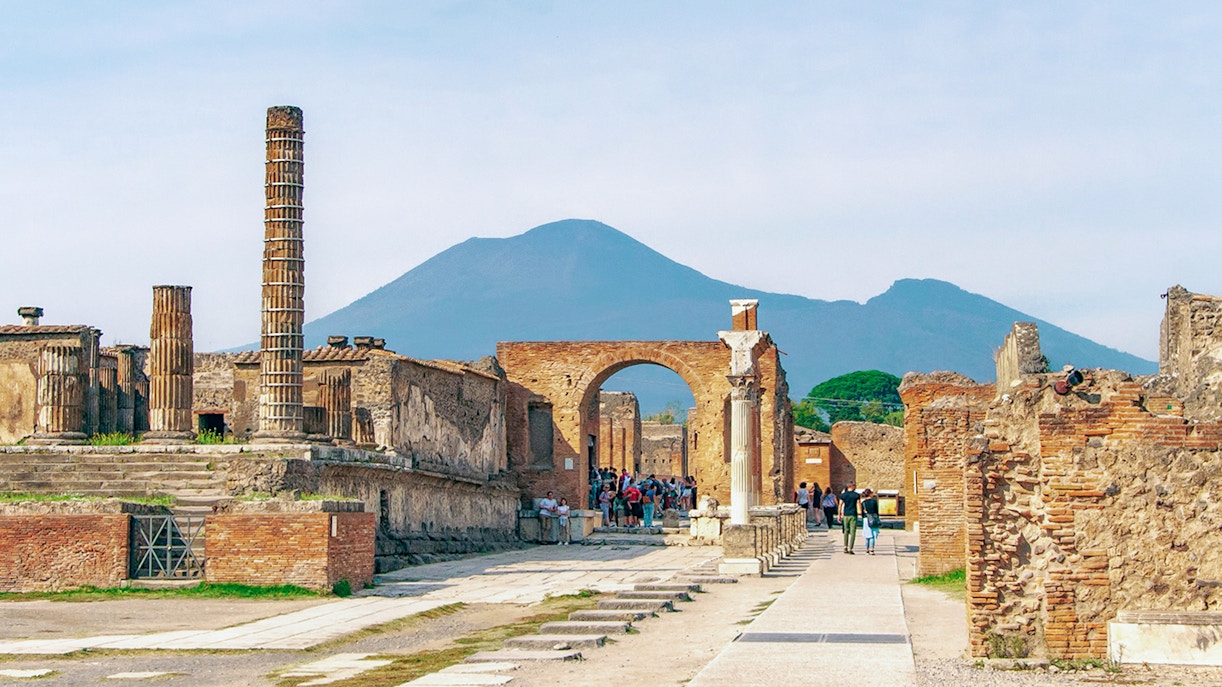
Pompeii are well-preserved homes that offer a unique opportunity to see how ordinary people and the wealthy lived in the first century AD. The houses of Pompeii provide a wealth of information about the daily lives of the city's inhabitants, from their architecture and furnishings to their food and clothing. If you want to dig deeper into the roots of Pompeii, this is a great place to start.

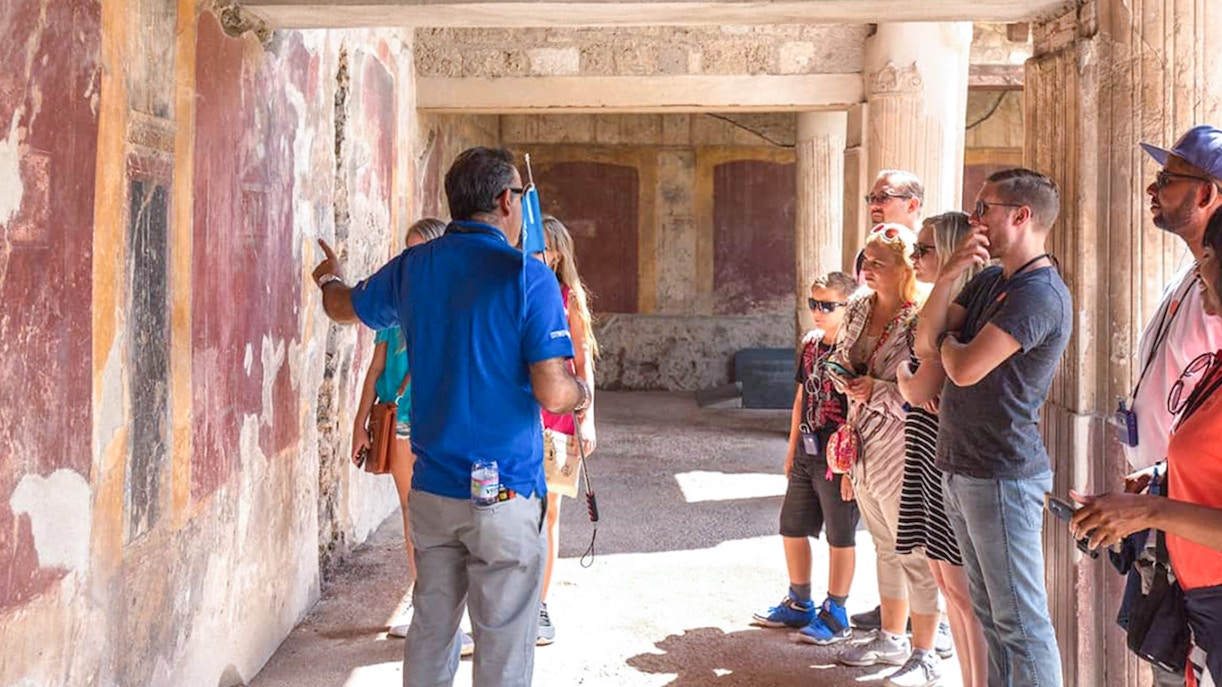
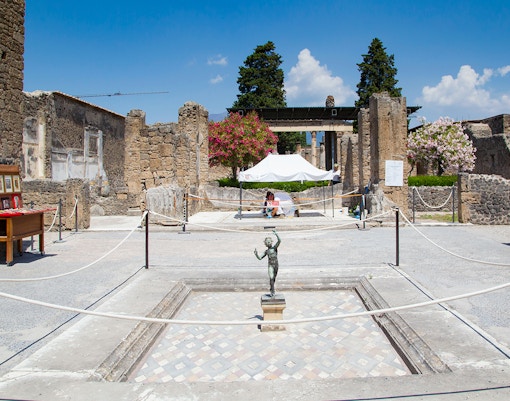
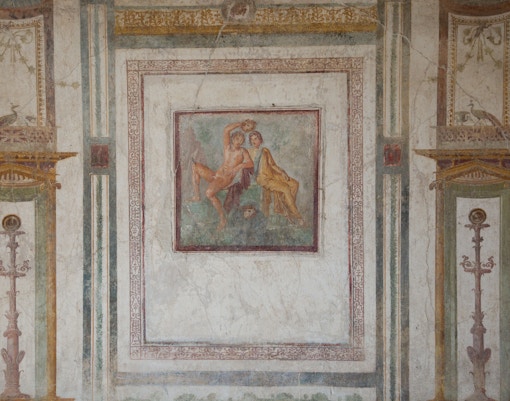
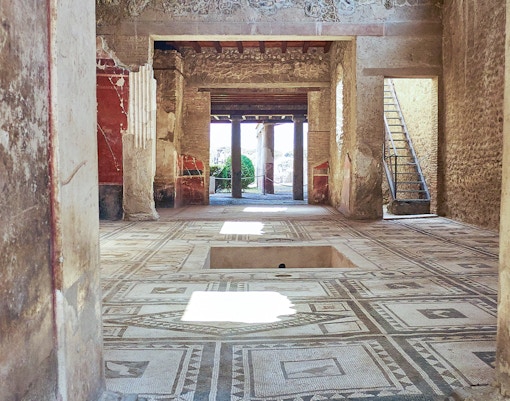
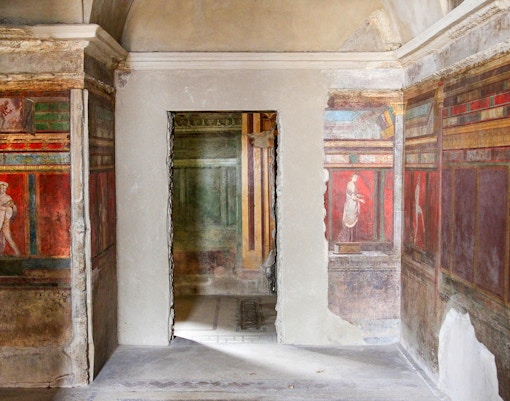
Pompeii has an accessible path with ramps and elevators to help people with disabilities overcome architectural barriers. However, the terrain may be bumpy and not yet fully up to international accessibility standards.
You can buy Pompeii Houses tickets at the Pompeii Archaeological Park ticket office or online in advance.
Yes, Pompeii Houses tickets are included in the Pompeii Archaeological Park ticket price.
The Pompeii Houses vary in size and style, but they all share some common features. The central atrium was a roofed courtyard that served as the main living space. The atrium was surrounded by rooms such as the bedrooms, dining room, and kitchen. The peristyle was a garden courtyard that was often used for entertaining guests.
You can take a guided or self-guided walking tour of the Pompeii Houses. You can also learn about ancient Roman culture and architecture from the houses and their contents. You can see some of the most famous Roman frescoes and mosaics in the Pompeii Houses. And you can experience the atmosphere of an ancient Roman city by walking the streets and visiting the houses of Pompeii.
The Pompeii Houses are open daily from 9:00 AM to 6:00 PM. However, the timings may vary depending on seasons and other factors. Enquire before you plan your visit.
The Pompeii Houses are located in the Pompeii Archaeological Park, which is situated on the west coast of Italy, about 14 miles (23 kilometers) southeast of Naples.
Most of the Pompeii Houses are wheelchair accessible. However, some of the houses have narrow doorways and steps, so it is best to check with the Pompeii Archaeological Park staff before visiting.
Yes, photography is allowed at the Pompeii Houses. However, flash photography is not allowed.
There is no specific dress code for visiting the Pompeii Houses. However, it is important to wear comfortable shoes and clothing, as you will be doing a lot of walking.
The best time to visit the Pompeii Houses is during the shoulder seasons of spring and fall when the weather is mild and there are fewer crowds. The summer months can be very hot and crowded, so it is best to avoid them if possible.
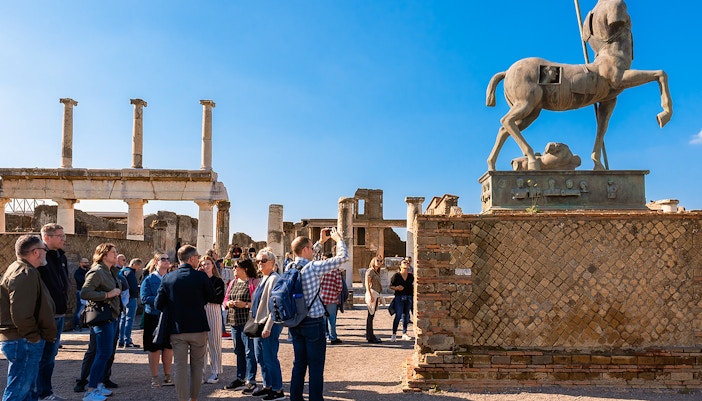
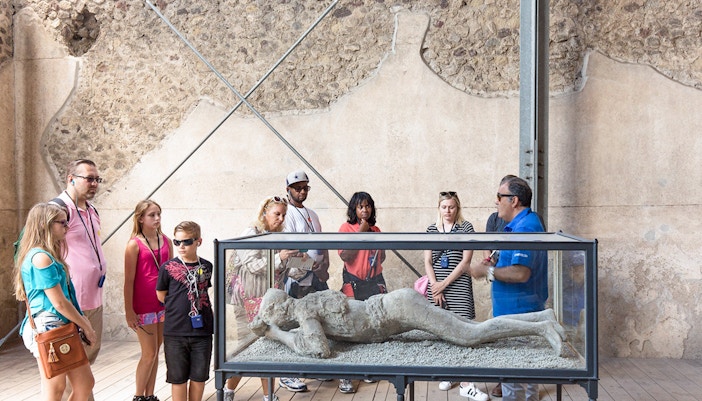
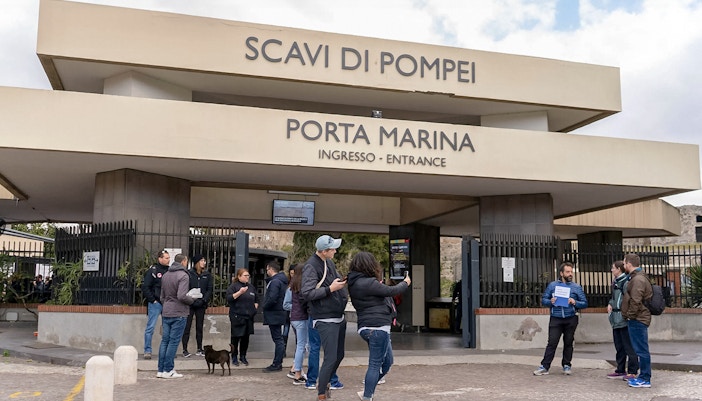
Pompeii Entry Tickets
Pompeii Skip-the-Line Guided Tour
Pompeii Entry Tickets with Audio Guide
From Naples: Pompeii Guided Tour with Transfers